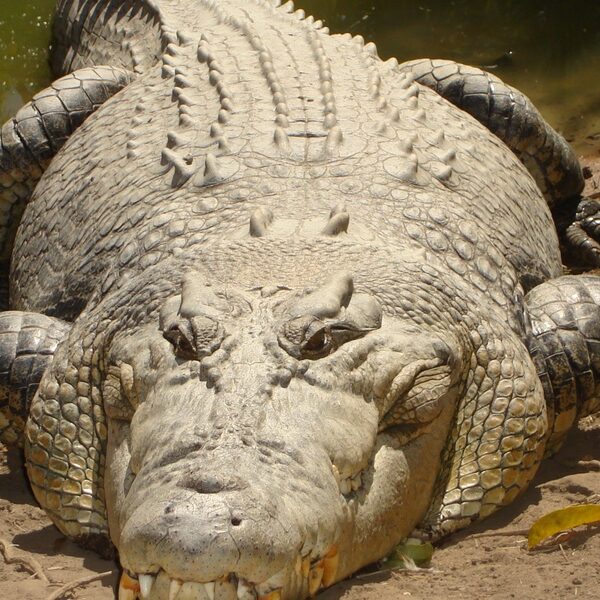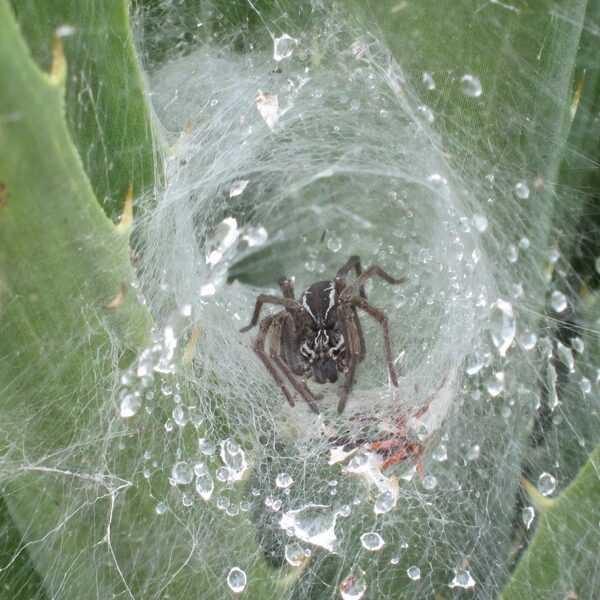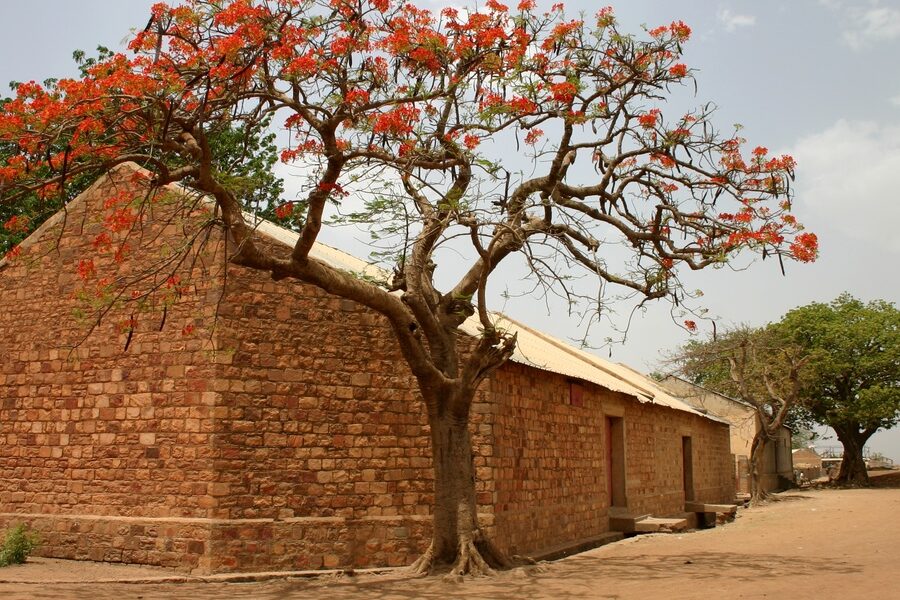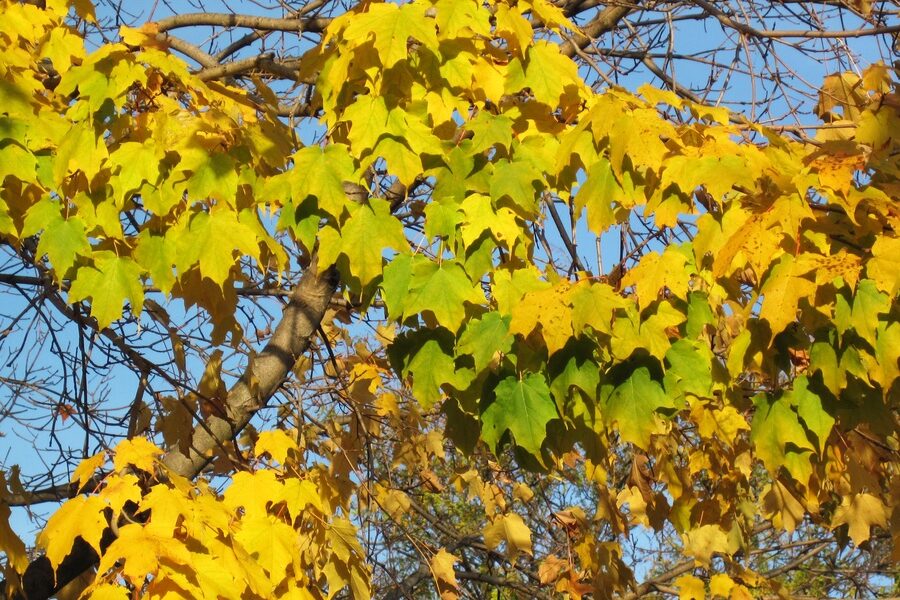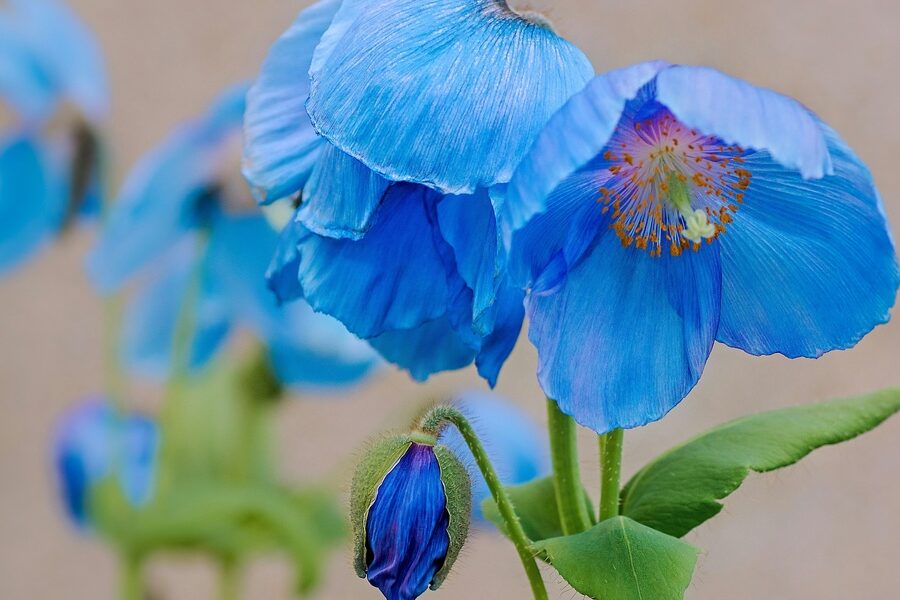The Arctic, often imagined as a barren expanse of ice and snow, actually teems with life adapted to its extreme conditions. Among the most vibrant inhabitants are hardy plants that brave the cold, offering vital sustenance for wildlife and, in some cases, for humans too.
This surprising biodiversity includes a remarkable variety of edible fruits. In this list, you’ll discover 11 arctic berries, showcasing the diversity from the subtle Alpine Bearberry to the striking Purple Crowberry. For each, you’ll find below detailed information, including its Scientific Name, Edibility, and Primary Habitat, helping you identify and understand these fascinating plants.
Are all arctic berries safe to eat?
While many arctic berries are indeed edible and a vital food source in the region, it’s crucial to exercise caution. Our list includes an ‘Edibility’ column to guide you, but generally, foraging requires expert knowledge to distinguish safe species from those that might be unpalatable or even toxic. Always confirm identification with a reliable source before consuming any wild plant.
How do arctic berries survive in such cold conditions?
Arctic berries employ several clever adaptations to thrive in their harsh environment. Many are low-growing shrubs, often hugging the ground to stay insulated from strong winds and fluctuating temperatures. They also tend to be perennial, with deep root systems and mechanisms to prevent cellular freezing, allowing them to conserve energy and quickly sprout leaves and fruits during the brief summer season.
Arctic Berries
| Common Name | Scientific Name | Edibility | Primary Habitat |
|---|---|---|---|
| Cloudberry | Rubus chamaemorus | Yes | Peat bogs,mossy hollows,wet tundra |
| Black Crowberry | Empetrum nigrum | Yes | Heathlands,rocky tundra,dry acidic soils |
| Purple Crowberry | Empetrum hermaphroditum | Yes | Wind-swept tundra,alpine fellfields,gravelly soils |
| Bog Blueberry (Bilberry) | Vaccinium uliginosum | Yes | Sphagnum bogs,wet tundra,peaty meadows |
| Dwarf Bilberry | Vaccinium caespitosum | Yes | Dry tundra,heath,rocky slopes |
| Lingonberry (Mountain Cranberry) | Vaccinium vitis-idaea | Yes | Dry heath,lichen tundra,rocky ground |
| Bog Cranberry | Vaccinium oxycoccos | Yes | Peat bogs,wet sedge meadows,acidic pools |
| Arctic Raspberry | Rubus arcticus | Yes | Moist tundra,heath,calcareous meadows |
| Bunchberry | Cornus canadensis | Yes | Tundra edges,boreal-tundra transition,moist forest floor |
| Alpine Bearberry | Arctostaphylos alpina | Conditional | Dry tundra,heath,rocky ridges |
| Arctic Bunchberry (Eurasian) | Cornus suecica | Yes | Moist tundra,heath,marshy tundra hollows |
Images and Descriptions
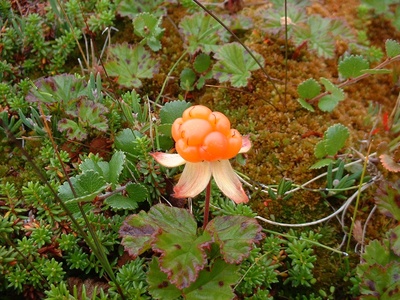
Cloudberry
Golden-orange aggregate fruit prized in Arctic cuisines; tart and lightly sweet when ripe, often eaten fresh or made into jams, juices, and desserts. Plants form low, creeping stems in soggy, acidic soils across circumpolar tundra.
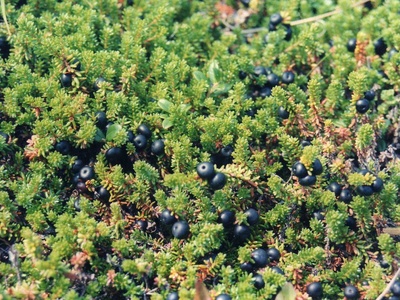
Black Crowberry
Small, glossy black berries with a mild, slightly resinous flavor; often bland raw but used cooked or mixed with sweeter fruits. Hardy evergreen shrub common on exposed ridges, heath and tundra plateaus.
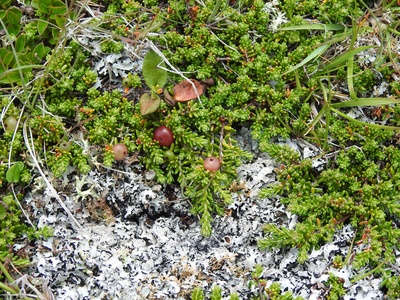
Purple Crowberry
Similar to black crowberry but often darker purple; low mat-forming shrub with tart to resinous berries. Common in Arctic and alpine zones, tolerates thin soils and strong winds, used traditionally in preserves and mixed dishes.
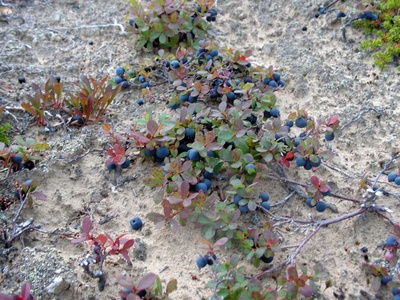
Bog Blueberry (Bilberry)
Rounded blue berries with a mild, sweet-tart flavor and thin skin. Grows in boggy, acidic conditions across Arctic regions; eaten fresh, in porridges, or preserved; valued by foragers for reliable stands.
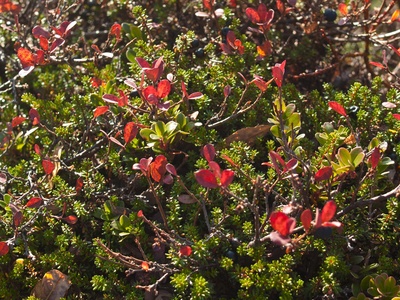
Dwarf Bilberry
Low, spreading shrub producing small, sweet berries similar to bilberries. Found in well-drained tundra and alpine sites; fruits are good fresh or cooked and often favored by birds and small mammals.
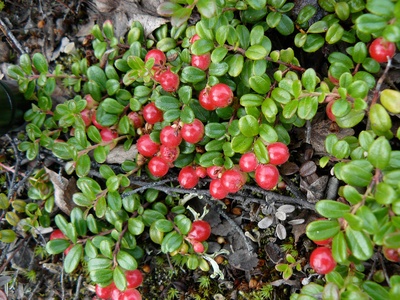
Lingonberry (Mountain Cranberry)
Glossy red tart berries with a strong tang; commonly preserved as jams or sauces. Low evergreen shrub that thrives in well-drained, acidic soils across circumpolar Arctic and subarctic landscapes.
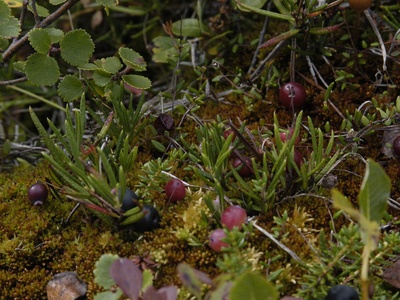
Bog Cranberry
Small, bright red, very tart berries that form on creeping bog plants. Common in acidic wetland pockets of the Arctic; primarily used cooked, sweetened, or as a condiment and source of vitamin C.
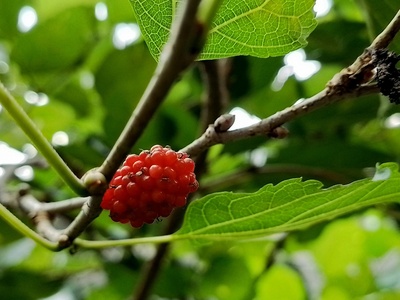
Arctic Raspberry
Fragrant, deep red raspberries celebrated for intense flavor and aroma; small but highly prized fresh or in desserts. Plants prefer moist, nutrient-richer tundra pockets and alpine meadows across circumpolar regions.
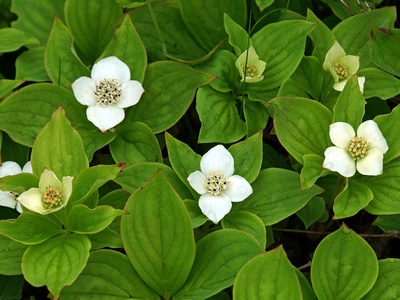
Bunchberry
Clusters of bright red, cherry-like drupes often called berries by foragers; mildly sweet to bland. Low groundcover common in moist, shaded tundra margins and subarctic patches, eaten fresh or by wildlife.
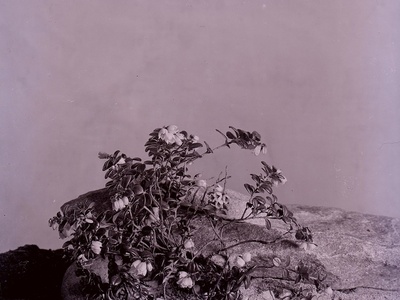
Alpine Bearberry
Low, mat-forming shrub bearing small red fruits that are edible but often mealy and astringent raw; better when cooked or mixed into preserves. Adapted to exposed, well-drained Arctic and alpine sites.

Arctic Bunchberry (Eurasian)
Small red fruits similar to North American bunchberry; mild and slightly sweet, eaten fresh by people and animals. Widespread across Eurasian Arctic, favors moist, mossy depressions and near-surface groundwater.

